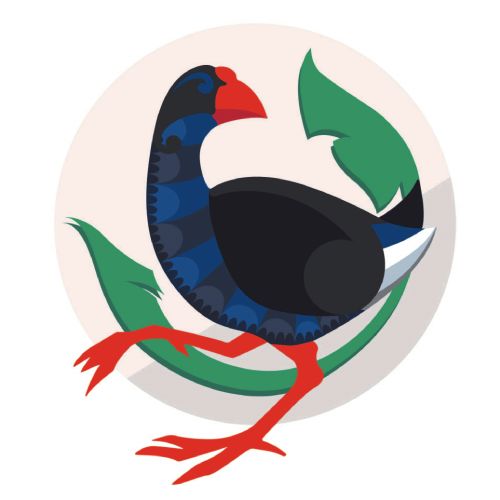Class meetings are a specific form of circle conversations that can support collaborative problem solving between teachers and students.
Some teachers at Aotea have adapted restorative processes to support class discussions when teaching and learning is undermined by defiance, distractions and tensions between students and teachers. They developed a specific class meeting format where all students in the class and their teachers take turns to voice their concerns.
Class meetings usually have four rounds.
In round one the issues affecting teaching/ learning and /or relationships in the classroom are named and everyone’s views on what might be the problems are listened to. Questions that might be asked include:
- “What do you think are the issues / problems that need addressing in this classroom?”
In round two the effects of the issue(s) or problems are explored, with questions such as:
- “What are the effects of the problems discussed on you or on others or on learning?”
In round three exceptions to the problem are sought (the alternative story) using questions like:
- “Can you think of a time when these problems do not affect this class or when teaching and learning is going well?”
In this round, useful information can be collected about the strategies and circumstances that are more conducive to teaching and learning and/or respectful relationships.
In round four participants are asked to make a commitment to something that they believe would help address the problem and/or change the learning environment in positive ways. Both students and teachers are invited to give answers to the question:
- “What are you personally prepared to do or what do you think you need to commit to in order to improve relationships and/or learning in this classroom?”
Both teachers and students commit to change their practices and these commitments can be recorded in writing.
A unique feature of Aotea class meetings is a discussion about and critique of ideas that can shape teacher-student relationships in unhelpful ways. We have found that when a particular idea about learning or relationship conduct becomes popular, other useful ideas can be lost or temporarily pushed out of awareness. One popular expectation that sometimes can cause problems is that learning should be fun. If students come to a lesson with the dominant expectation that they will be entertained every minute they might resist teacher requests to persevere with a challenging task by talking or being defiant. This can lead to ongoing conflicts and disruptions to learning.
While there is an expectation that learning is engaging and therefore enjoyable, the ‘fun’ idea downplays the expectation that each student is capable of higher thinking and can take attention away from the importance of practice, hard work, perseverance and not giving up when something becomes challenging or just hard. Teachers skilled in class meeting facilitation ask questions that invite students to consider when an idea can be helpful but also when it might be unhelpful. This process usually surfaces a range of useful ideas and reinforces helpful learning behaviours. As a result relationships and learning can improve.























